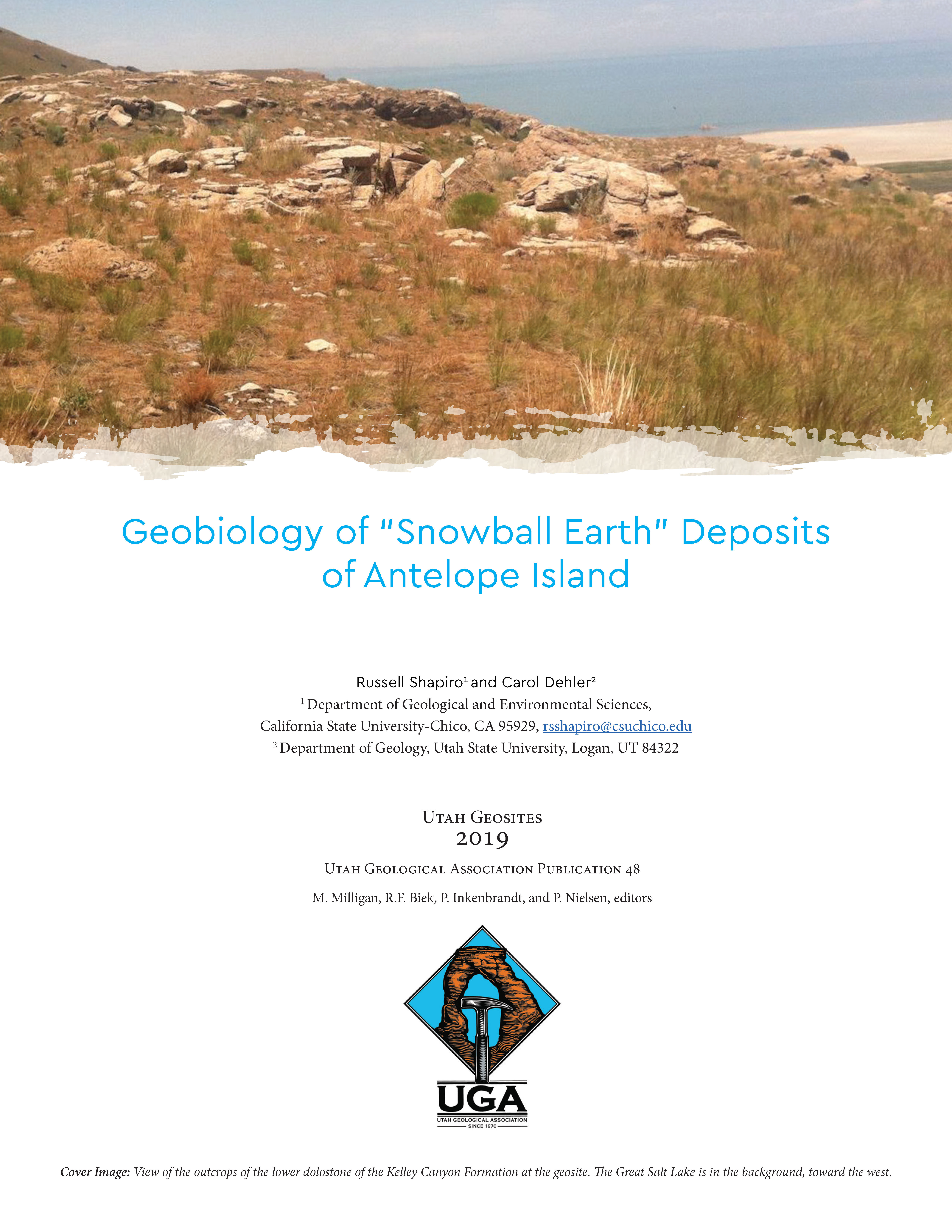Geobiology of "Snowball Earth" deposits of Antelope Island
Abstract
Antelope Island on Great Salt Lake provides an excellent opportunity to look at one of the world’s great geobiological records—the “Snowball Earth.” Snowball Earth refers to a unique time in Earth history before the dawn of skeletonized animals where there is substantial evidence to support glaciers at sea level in the equatorial regions. Many researchers have proposed that the only way to achieve this unique condition is to freeze the entire planet, hence the “Snowball Earth” (REFS). We use quotation marks around the name of this global phenomenon because the scope and details of this major climatic phenomenon are still debated. After 30 years of rigorous testing since the idea was proposed (Kirschivink, 1992), this hypothesis is still holding up (Hoffman and others, 2017). Besides being a record of two global glaciations lasting tens of millions of years between 717 and 635 million years ago, there may be a connection between these mega-scale climate changes and the evolution of animal life.


